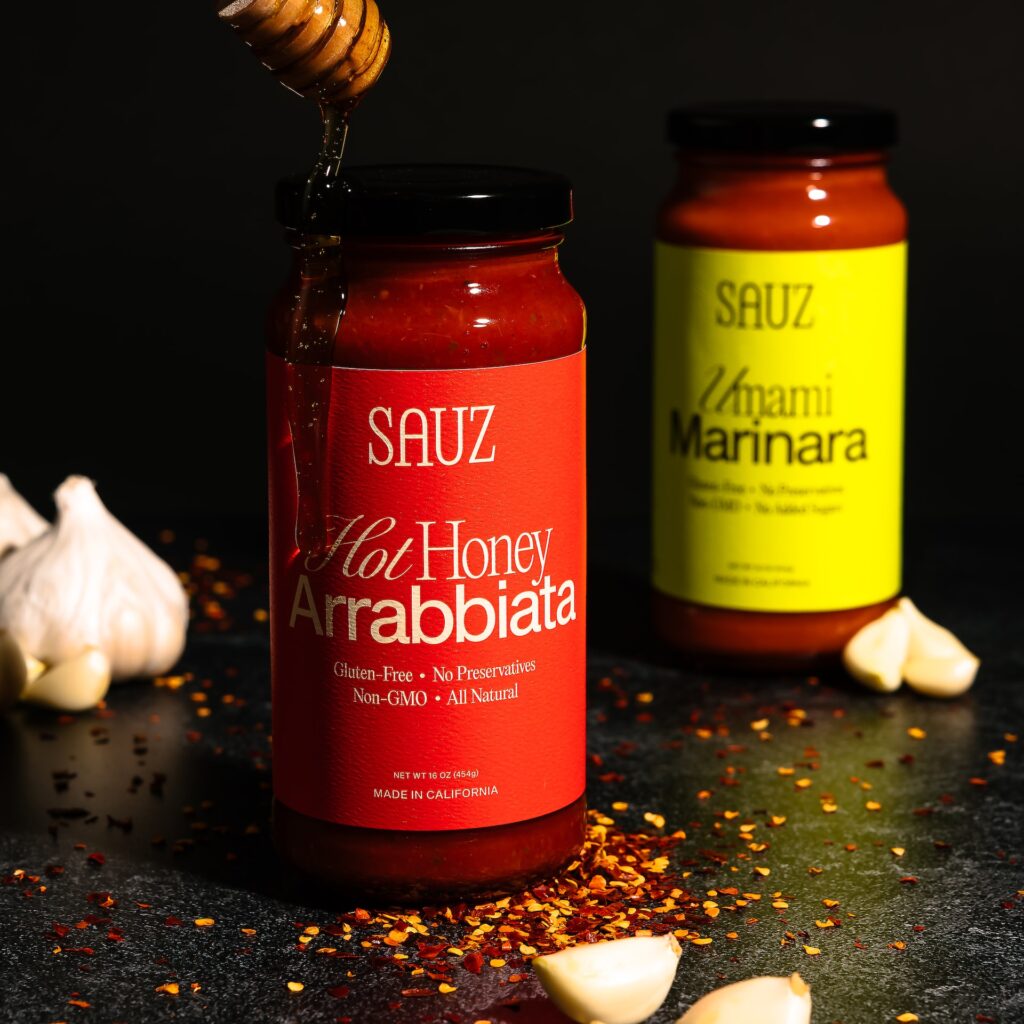Marinara sauce is a staple of Italian cuisine, but its origins are somewhat mysterious. Is it actually authentically Italian? This question has been debated for years and there’s still no consensus on the matter.
In this article we will explore the history of marinara sauce and look at its ingredients to determine if it is truly an Italian dish or not. We will also discuss any regional variations that might exist in order to answer the question: Is marinara actually Italian? From exploring ancient recipes to modern-day interpretations, let’s dive into the world of marinara sauce and discover what makes this beloved pasta topping so special!
Introducing Marinara Sauce – What Is It and Is it Authentically Italian?
Marinara sauce is a red sauce that typically includes tomatoes, garlic, olive oil, and herbs. It can be used as a topping on pasta, pizza or other dishes. Although it is known to be an Italian dish, its exact origins are not clear as there are many different versions of the recipe. Some say it was created by Italian immigrants in the United States while others believe it originated in Naples, Italy, we think it was invented in Naples. There are a wide range of marinara sauces on the market in the US, such as Prego, Ragu, Barilla and Don Pepino but sometimes they are not always as nice as the authentic home made styles!
Typical Marinara Ingredients
The ingredients used in marinara sauce vary depending on the region and what is available. In general, tomatoes are the main ingredient, but some recipes also use onions, anchovies, olives, capers or even mushrooms. Herbs such as oregano, basil and parsley are also commonly added for flavor.
Despite its ambiguous origins, marinara sauce is an essential part of Italian cuisine. It is used in a variety of dishes such as lasagna, spaghetti and meatballs. It can also be used as a dipping sauce or spread on pizza or focaccia bread.
Regional Variations of Marinara Sauce
Although marinara sauce is typically made with the same basic ingredients, there are some regional variations. In Southern Italy the sauce is often more spicy and contains more garlic and oregano than in Northern Italy.
In Sicily, raisins are sometimes added to give the sauce a sweet flavor. In Abruzzo, the sauce is made with fresh tomatoes and does not include anchovies or olives.
So, Is Marinara Actually Italian?
At the end of our investigation, we have come to the conclusion that marinara sauce is definitely Italian in origin, although its exact origins do remain a little vague as there are many places within Italy that say they invented the first tomato sauce but we can safely say that marinara is a product of Italy.
No matter what the exact origins are, it is undeniable that marinara sauce has been a beloved staple of Italian cuisine for centuries and its popularity shows no signs of waning! For those looking to make their own authentic marinara sauce at home, there are plenty of recipes online to help create the perfect dish.
So, Is marinara actually Italian? After exploring its history, ingredients and regional variations, we can confidently say that the answer is yes! Whether served with pasta, pizza or as a dipping sauce, marinara will always be a classic Italian dish beloved by many.
Our basic favorite Marinara recipe
Ingredients:
- – 2 tablespoons olive oil
- – 4 cloves garlic, minced
- – 1 large onion, chopped
- – 28 ounces canned crushed tomatoes
- – 1/2 teaspoon dried oregano
- – 1/2 teaspoon dried basil
- – Salt and pepper to taste
Instructions:
1. Heat the olive oil in a large saucepan over medium heat. Add the garlic and onion and cook until softened, about 8 minutes, make sure your stove is on a low heat, we don’t want to burn the garlic or the onions.
2. Add the crushed tomatoes, oregano, basil, salt and pepper. Simmer for 10 minutes or until slightly thickened, at this point, you can add 1 table spoon of granulated white sugar, this helps reduce the acidity some canned or crush tomatoes tend to have.
3. Adjust seasoning as needed, you can add more salt or a quick tip, use parmigian as a way of adding additional salt, this provides a nice saucy consistency as well as providing that extra cheese flavor running through the sauce.
The cooking time for this marinara is anything up to 45 minutes to 1 hour, the longer you’re able to keep the sauce simmering, the better the sauce will taste, just be sure to not burn it or let it stick to the pan if you’re cooking it for a long duration, keep it thoroughly stirred every 10 minutes to prevent catching.
This marinara base can be used for a variety of dishes, from bolognaise to lasagna and much more.
Conclusion
In conclusion, marinara sauce can be traced back to Italy, where it has been a popular dish for centuries. Despite some regional variations in ingredients and spiciness, the basics remain the same: tomatoes, onions, garlic and herbs. Whether served with pasta or pizza, this classic Italian sauce is sure to please everyone’s taste buds. So Is marinara actually Italian? The answer is definitely yes! Try making your own marinara at home with our easy recipe included above and enjoy its delicious flavor any time you like. Buon Appetito!
